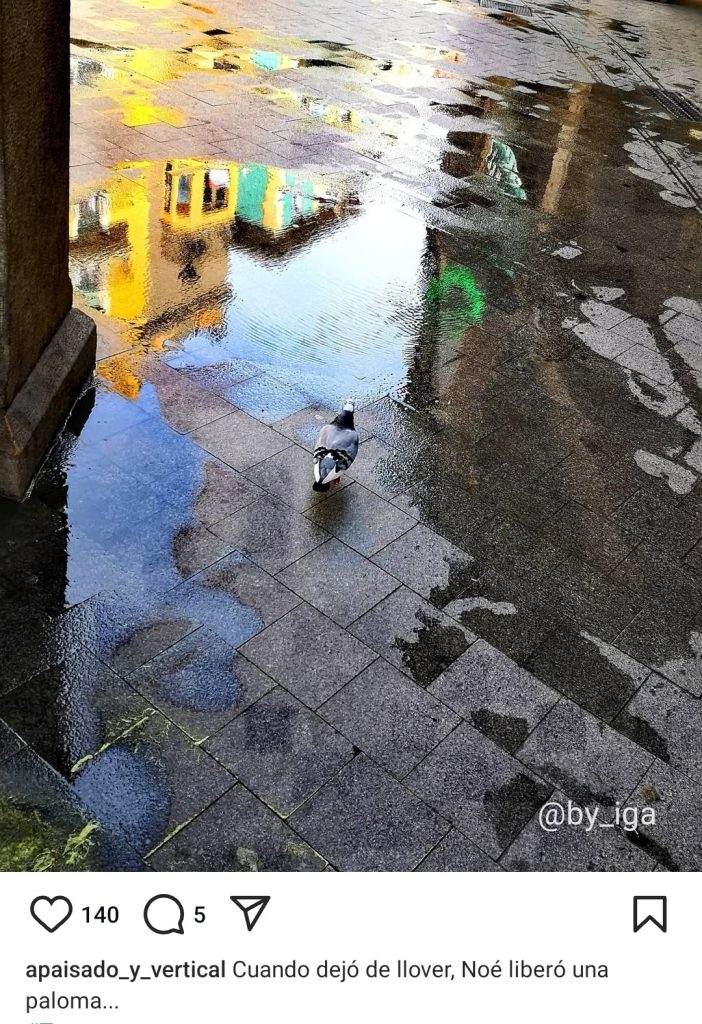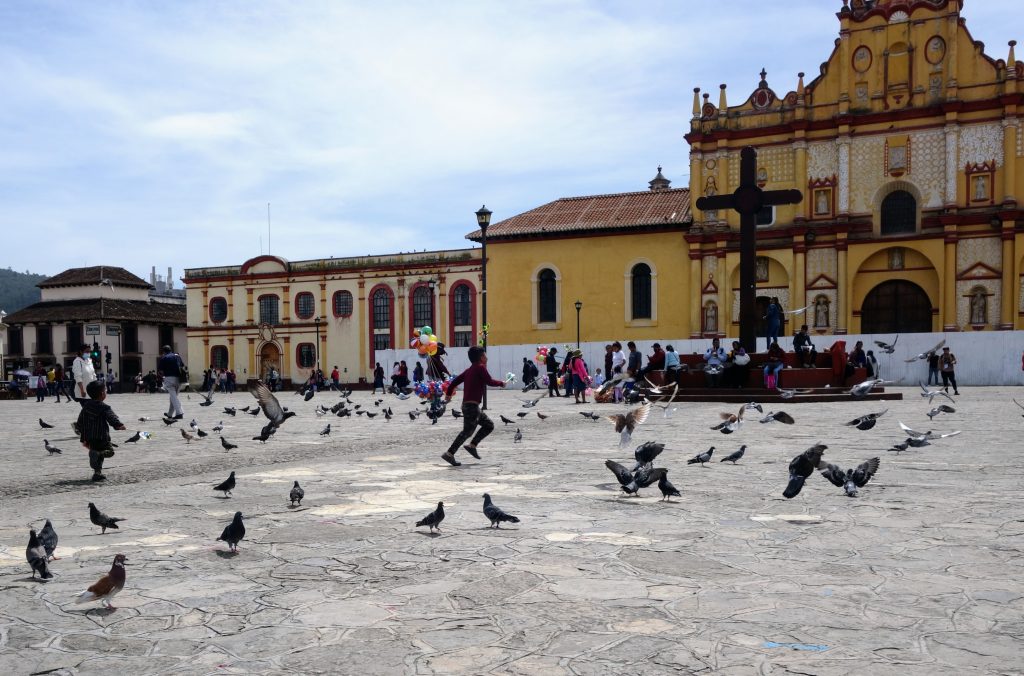This week we talked about duos, about essentialism, and about Jaques Derrida challenging dichotomies.
“Dog is dog because it’s not cat.”
Marsha shared this statement, which at first seemed a counterpoint to avoiding dichotomies; a way of understanding the world through distinct categorisation and difference. But it was more a point about how language – semantics – define these differences; create borders of meaning in the world.
There are similarities between dogs and cats. Both have four legs and fur, are kept as pets, like to play and sleep and be fussed over. They can’t be seen as perfect dichotomies; there’s a grey area. It’s humans that have defined the difference between cat and dog; so the distinction between them is rooted in their relationship to us.
It made me think about how in Spanish, they use the same word for dove and for pigeon, paloma (it’s also the name of a tasty cocktail of tequila and grapefruit juice).
For me, having been raised in a Western European, English-speaking, Christian society, doves have certain connotations: the bringers of peace, symbols of love and gentleness. They are a root of and problematically reinforce the link between whiteness and purity. Pigeons, on the other hand, are derogatorally called ‘rats with wings’. The plague of British cities, swarming in parks and town centres, defecating on statues and passers-by, hobbling about with their ‘popcorn feet’ and dishevelled, soot-grey plumage, hoovering up discarded chips.
It struck me as odd that there’s just one name in Spanish for what are – to my mind – two distinct creatures. Do Spanish speakers look at the ubiquitous pigeons in the town square and think of the bird that brought the message of peace to Noah? When the idea first occurred to me it instinctively made me laugh, the image was so incongruent. I do image searches on Google and Instagram and find references to Noah’s Ark from Spanish speakers that visually connect to both white doves and grey pigeons.


IMAGES: The caption of the image on the left says “[Pigeons] are famous for being part of the story of Noah’s Ark…” and on the right: “When it stopped raining, Noah released a pigeon.”
But then, what is the difference between a dove and a pigeon? A quick search reveals they belong to the same family of birds, Columbidae. According to Wikipedia: “In colloquial English, the smaller species tend to be called ‘doves’, and the larger ones ‘pigeons’, although the distinction is not consistent, and there is no scientific separation between them.”1 The doves typically released at weddings are, in fact, white pigeons.
Feral pigeon, wood pigeon, white pigeon, dove, collared dove, turtle dove. The lines we draw around breeds aren’t always dictated by science, they are more cultural than that. And all of these names carry nuanced connotations, ones that connect to our shared histories and don’t necessarily translate easily between languages. In that sense they can be considered relia: objects and concepts linked with a particular national culture that cannot be directly translated from one culture’s language to another.
Does any of this matter? The example may seem trite. But I’m stuck on my initial reaction – that the idea that the dove from the bible was a city pigeon was laughable. That my concept was the correct one and anything else just doesn’t make sense. How often do these small mistranslations occur and what are the consequences? I’m also thinking about how the cultural narratives around pigeons and doves allow for doves to be revered while pigeons are demonised and demeaned, their suffering rendered a source of humour.
A pair of delicate and gentle turtle doves have made a nest in a box hanging on the wall of my garden in Mexico. They work together to raise two chicks at a time in an apparently never-ending cycle, for which I’ve had a front-row seat and have watched reverently. I translate turtle dove into Spanish on my phone: tórtola. So, no connection to the palomas of the city square, or to the doves of the bible. Do I see these creatures differently to my Spanish-speaking partner, to my neighbours? How can I know?
1 ‘Columbidae’ (2025) Wikipedia. Available at: https://en.wikipedia.org/wiki/Columbidae (Accessed: 12 February 2025).

Leave a Reply